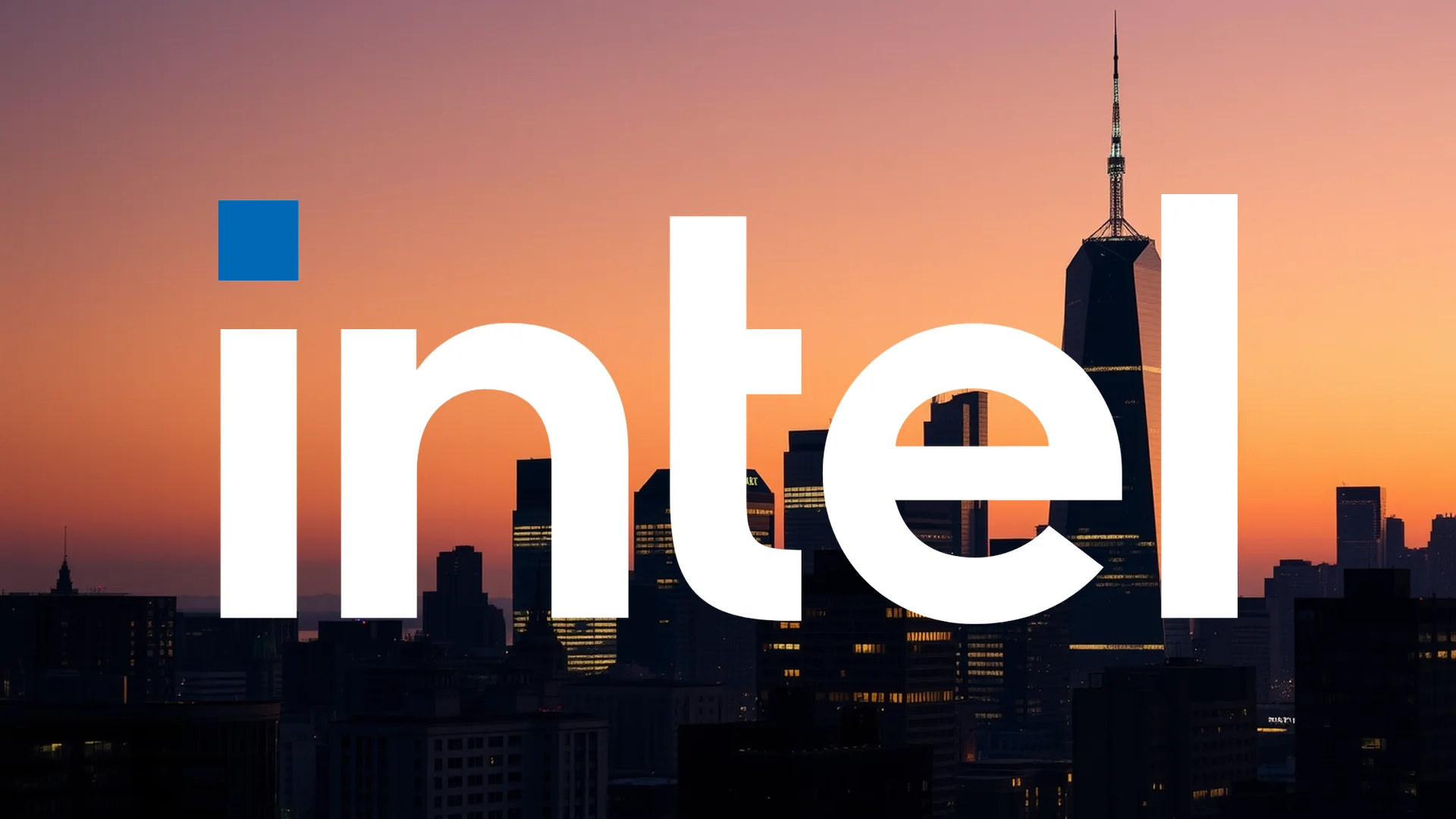Intel is undergoing a comprehensive corporate transformation spearheaded by CEO Lip-Bu Tan. This strategic pivot involves significant leadership changes, substantial government investment, and a fundamental operational restructuring as the semiconductor giant attempts to navigate its way out of a prolonged period of competitive challenges.
Government Backing and Strategic Investment
A cornerstone of Intel’s new direction emerged in late August when the U.S. government committed $8.9 billion to acquire a 9.9 percent stake in the company, paying $20.47 per share. This investment, drawn from the CHIPS Act and Secure Enclave Program funding, represents a vote of confidence in Intel’s strategic importance to American semiconductor production.
Notably, the agreement includes a five-year option for Washington to purchase an additional five percent stake at $20 per share, exercisable only if Intel were to lose controlling interest in its foundry operations. This provision underscores the government’s view of Intel as a critical component of national semiconductor infrastructure.
Executive Reshuffling and New Talent
September 8th marked a significant leadership transition at Intel. The company announced several executive changes simultaneously, including the departure of Michelle Johnston Holthaus, Chief Executive of Products and a 30-year company veteran.
In a strategic move, Tan appointed Kevork Kechichian as Executive Vice President to lead the critically important Data Center Group. Kechichian brings over three decades of industry experience from key positions at ARM, NXP Semiconductors, and Qualcomm. This appointment signals a deliberate shift toward external expertise, particularly in the data center segment where Intel faces intense pressure from AMD and cloud providers developing their own ARM-based solutions.
Should investors sell immediately? Or is it worth buying Intel?
Financial Foundations for Transformation
Beyond government support, Intel is potentially securing additional capital through a $2 billion investment from SoftBank, pending regulatory approval. This combined financial backing provides substantial resources for Intel’s ambitious restructuring plans.
Concurrently, Tan is implementing operational changes including the establishment of a centralized engineering group under Srinivasan Iyengar. This unit will focus on developing custom chips for external clients, while the foundry business will operate as a separate, more accountable entity within the corporate structure.
Market Response and Analyst Perspectives
Financial markets have responded positively to these developments. Intel led the Nasdaq-100 in August with a 23 percent gain, reflecting investor optimism about the new strategic direction.
Analyst Rick Orford upgraded Intel shares from “Strong Sell” to “Hold,” citing the government investment as a crucial confidence booster. Currently trading around $24, the stock is consolidating after its August rally. Truist Securities maintains a “Hold” rating with a $21 price target, indicating that despite positive developments, significant challenges remain for the chipmaker.
Intel’s transformation under Tan represents the most substantial strategic realignment the company has undertaken in years. With government support, new leadership, and financial backing, the former industry leader is positioning itself to regain competitive footing. The effectiveness of this comprehensive overhaul will become clearer in upcoming quarterly earnings reports.
Ad
Intel Stock: Buy or Sell?! New Intel Analysis from December 20 delivers the answer:
The latest Intel figures speak for themselves: Urgent action needed for Intel investors. Is it worth buying or should you sell? Find out what to do now in the current free analysis from December 20.
Intel: Buy or sell? Read more here...










